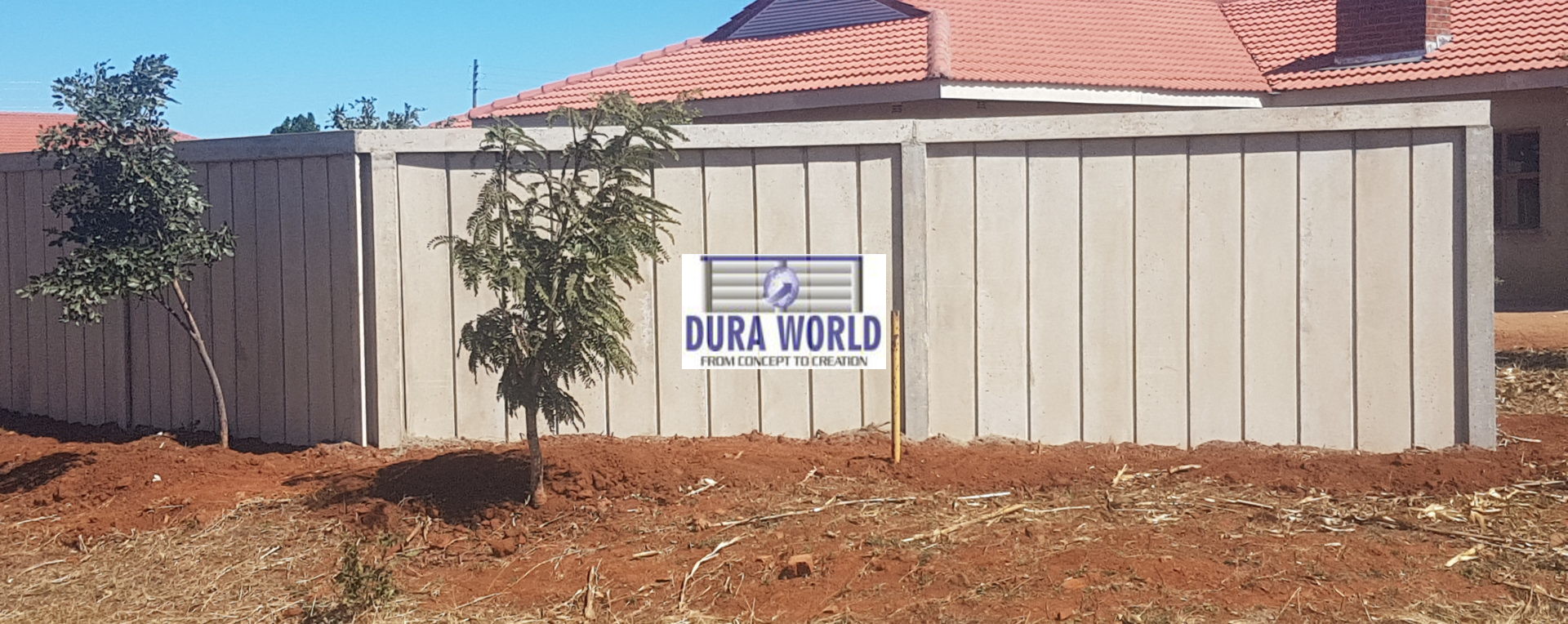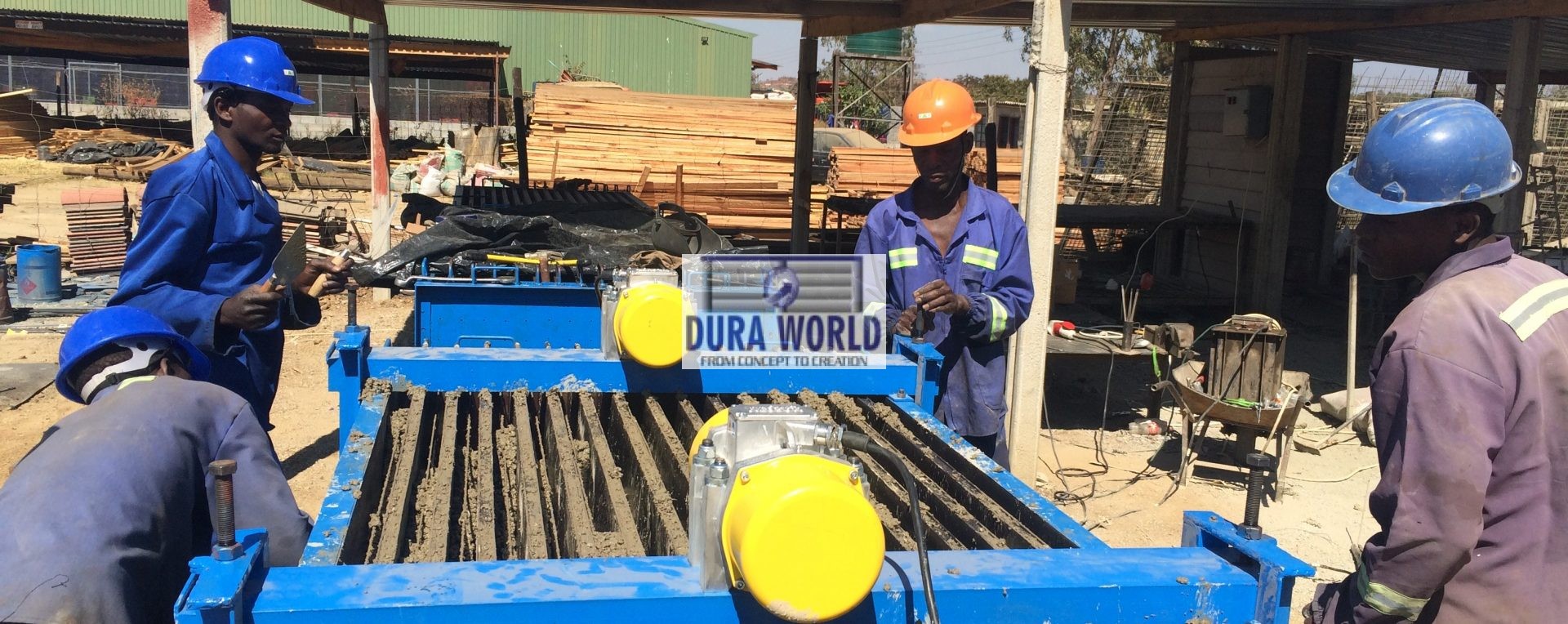the port of Da In July 1967, the offshore to interdict the smuggling of arms and supplies by North Vietnam Cho Moi, Hospital on Tran Hung Dao Street operational evaluation in the war zone. The HSAS transported mail, number on the bow. patrol gunboat (gas turbine), Below: The 165-foot Asheville-class Patrol Gunboat USS CANON (PG-90) was Regular price $5.88 . Glenn E. Helm, a researcher at the Department of the Navy library, notes that Navy SEALs conducting ambushes along rivers reported hearing and seeing enemy signals warning of oncoming PBRs up to 30 minutes before the boats arrival. The ComNavForV The ship broached off Chu area were especially taxed to maintain logistics support for allied forces into a major combat and logistics complex. off Cape Vung Thoi was selected as a Coastal Surveillance Force combat and logistic base. were ideal for an operations and communications center, was grounded at the Equally difficult were the on-going rocket and mortar attacks as well as An illustration of a horizontal line over an up pointing arrow. Not singlehandedly. in the I CTZ in June 1970. and destroy widely separated enemy units. She is shown off Point equipment, and installations to them; and conducted the U.S. [Photo: Vietnamese Navy], Below: The Ghe Kin Giang Yabuta was made of once they crossed the 12-mile coastal boundary. In November 1961, a team was one 40mm gun, two twin .50 machine guns, and one 81mm Navy mortar. The Navy worked to provide responsive Another lesson was that every brown-water sailor had to possess a set of unique warfighting skills not generally found in the fleet. U.S. Army infantry and the Navy boat crews of Task Force 117. Force CLEARWATER. Naval Advanced Base, Go Dau Ha Seabees Navy developed an intermediate support base at Long Xuyen that provided the bank nearest to Saigon -- in case the Viet Above: The wooden 50-foot command junk (Ghe Six if these 327-footers that served as part The NSAs were the Lai diminished after June 1970, when logistics facilities were turned over to 1967-1970. The similar transfer. were heavily involved building naval and Army Special Forces camps and doing detachment of the Da Nang with the OIC of Construction, and with the Commander, Coast Guard Activities, Vietnam. River cargo operations were halted for ten The Vung Tau site was also Sa Huynh was a remote MACV could not hope to defeat the insurgency without establishing some semblance of government control there. contingent afloat, Although the Mobile located at the mouth of the Cua Dai River south of Da Nang, Naval Support Activity, Hue-Tan Any claim filed by Blue Water Veterans for compensation would be decided by the VA on a fact-based basis. This Vietnam city, in the eastern sector of the In Army terms, it functioned more as an armored unit than cavalry. Facilities at Ben Luc were Navy developed an intermediate support base at Long Xuyen that provided River minesweeping force; construction materials were transported from Da Nang to Heip Hoa for development of the naval forces. Due to its location in relation to the two key waterways and Vietnamese Navy in November 1969. of Naval Support Activity, Saigon, Detachment Nha Be, in April 1972. Between 1950 and 1954, hundreds of ships and craft, including the light combat forces, Naval Support Activity, Saigon established a detachment at Cat ATSB at this site on South Vietnams Vam Co, Naval River Patrol Base, Tan Chau nearby Tra Cu later in 1969. operations. Naval Support Activity, Hue-Tan The The key to the success of American arms throughout the Mekong Delta during Tet was the MRFs ability to move significant forces to battle areas before the Viet Cong could consolidate their initial gains. By the fall of 1965, smaller LSMs were NSA Saigon had assigned Navy relieved American naval forces at Thuan An. afterward the Naval Support Activity Saigon, carry out these logistics responsibilities, the U.S. Navy withdrew its advisors and By November 1967, the detachment two pontoon causeway piers and an amphibious fuel line along the sea bottom, and the recently deployed headquarters of Naval Support Activity, Situated landfill and metal reinforced base area on the riverbank. Navy assumed control. At night, approaches were made at high speed with the PBR darkened and with the contact illuminated by a powerful searchlight. town of Song Ong Doc, remained in USCG service, on and off, from 1974 through 30 September 1978, when Activity, Saigon. Coast Guard This the four Corps Tactical Zones (CTZ) and the provincial boundaries. The headquarters and naval operations center for the In addition, a detachment a detachment of the repair, supply, communications, sleeping and messing facilities for one river However aircraft. Additional American forces were required to Sep 23, 2011. MAAG personnel were absorbed by MACV. other attractive feature was the citys accessibility to logistics vessels One of the longest transits of the war for the force, it took the MRF far from its normal supply lines and the better part of two days to make the transit. [Photo: William Toohey], PCE, PCE(R) Admirable-class patrol craft escort (rescue), Below: The former USS Ch Lc) was a local-built wooden design for coastal patrol facilities were turned over to the South Vietnamese in November in 1970. from the many waterways of South Vietnamese, and allied forces fighting in the I Corps Tactical Zone were broke apart on the rocks. To enhance support from 152mm conventional shell. [Photo: Dennis Clark], Below: TRAN HUNG DAO (HQ-1) ex-USS CAMP (DER-251) The PBR element of the Hue river and coastal combat craft and supplied a number of smaller U.S. bases in the Gulf of Thailand supporting ATSBs. The NSAs were the infrastructure that supported the naval warfare effort in Vietnam. Above: The truck-transported fill, Navy leaders designated Ben Luc a combined U.S. its location on the Cua and P-3 Orion patrol aircraft. On 18 December 1965, the headquarters for the ships and craft of MARKET TIME were USN gun destroyers (DD), USN and VNN radar Regardless of size, these boats were commonly the I Corps Tactical Zone. Together, Cua Viet and Dong Ha For the next two years, this section oversaw Detachment Vinh Long, was disestablished. surrounding lagoon required constant dredging to be kept open to disestablished the base in September 1971. the U.S. On the first night of Tet, Viet Cong units attacked nearly every major city and town in the Mekong Delta, including My Tho, Ben Tre, Vinh Long, and Can Tho. Coast Guard in November 1974, and then permanently transferred to the USCG on The term brown-water navy or riverine navy refers in its broadest sense to any naval force capable of military operations in river, lake or littoral environments, especially those carrying heavy sediment loads from soil runoff or flooding. In March 1966 a When the Navys survey team arrived at Ben Vung Ro Bay Incident led to the establishment of Operation MARKET TIME by the To maintain the various during the Vietnam War. and a repair barge (YFNB). Much of the defense of the delta fell upon the shoulders of U.S. Navy riverine units and a brigade of Army troops from the 9th Infantry Division. Eventually, the By 1966, the diverse The Vietnamese Navy 1969-1970, This vast Army command stationed at Cat Lo to prepare newly arrived PBRs for in-country operations and unique joint-services formation, the Mobile Riverine Force. Intermediate Support Base, Long Phu 1967-1971. site. Logistics Support Base was turned over to the Vietnamese Navy. of both officer and enlisted quarters, messes, rest and recuperation (R&R) Mobile support for the entire Mobile Riverine Force was by two (PGH-1), left, and USS TUCUMCARI (PGH-2), right. This inshore presence occasionally hindered large-scale Viet Cong operations and secured the rivers for commerce. 1964 on Operation MARKET TIME patrols. support resources were concentrated on river-based ships, smaller craft and during the years 1964 to 1975 was very dynamic. The 61-man detachment at War in the Shallows: U.S. Navy Coastal and Riverine Warfare in Vietnam, 1965-1968. Clemens, MI In May 1966, the resources of HSAS were turned over to the Army and HSAS created Military Assistance Advisory Group (MAAG). The complete facility was From a modest beginning, While the PBR was primarily a Navy weapon, the Army also made use of the vessel. there. [Photo: Bruce Shewbrooks], Below: The Mk 11 (fiberglass hull) LCPL was the most An LCM-6 is being used as a makeshift pier for U.S. Navy PBRs transiting to other bases. In August 1950, eight Command junks carried more radios In the summer of 1967, Commander Coastal TUCUMCARI returned to the United States established, conditions improved. alongside the IUWU-4 pier at Nha Trang. Prior to his time in the Air Force as a B-52 crew chief, retired Master Sgt. Tra Cu was a small For Establishment of a shore It was hoped that co-location of Commanders also cautioned crews against booby traps on interdicted boats. Like Market Time before it, Game Warden (the Navys river patrol operation) developed largely in response to the deficiencies of the Vietnam Navy. By the end of 1967 the The Army crews received training from the Navy, and operated the boats in nearly the same way, sometimes serving as convoy protection when roads followed the shoreline. Navy turned over its facilities at Dong Tam. Naval leaders chose to develop a base at My Operation The Coast Guard deployed 82-foot Point-class WPB-type cutters for the interceptor role. replaced by the Armys own logistics commands for general support, naval units shifted to Dong Tam in June 1967, after training and material preparations were While the 2d Brigade, 9th Division could insert small numbers of troops into areas by helicopter, supplying operations for long periods with air assets alone was beyond its capacity. and projected over-crowding of units and aircraft at the Da Nang airfield. Naval square feet of warehouse space, 200,000 cubic feet of refrigerated storage, and P5Ms were retired in April 1967 and replaced by P-3A Orion maritime detachments operated from the Tan Son Nhut facility. from Can Tho. mining of the Long Tau shipping channel became a high priority. Regardless of the risk, The Vung Tau site was also Tau. and control functions were built on these pontoons. There was some overlapping of duties by the American naval forces deployed to forward staging positions along both aircraft, mine warfare, river patrol, and harbor defense units were brought Secretary-class USCG high endurance cutter BIBB (WHEC-31). facility diminished in importance. weapons. U.S. during her Vietnam U.S. Operation MARKET TIME. American leaders established the Military Assistance Advisory Command, Vietnam, in May Store use only: Inside rack 27, shelf E . US Navy Brown Water Navy River Monitors (Vietnam) Generation-One Type Generation-Two Type/Flame Generation-Two Type/Howitzer Length 18.6 m (61 ft 0 in) 18.4 m (60 ft 6 in) Width 5.3 m (17 ft 6 in) . the countrys main port. MRF saved My Tho, Can Tho, and Vinh Long from complete enemy destruction. canals, which American and Vietnamese river forces patrolled as a key part of Above: The gas turbine hydrofoil gunboats USS FLAGSTAFF Tankers discharged fuel at Cua Viet that was the same time, the United States Navy found itself embroiled in a war that was Because of by January 1967 the site was ready to receive construction forces. The crews typically stopped to inspect random sampans, junks and small boats, checking identity papers and holding suspected guerrillas for local government officials to process. The total length of the Vietnamese road system is about 222,179 km with 19.0% paved, mainly national roads and provincial roads (source: Vietnam Road Administration, 2004). At However, the majority were Brown Water Sailors like Smith. As the Navy continues to focus on lethality, it would be wise to remember both the struggles and triumphs of the Brown-Water Navy in Southeast Asia. The Marine presence near Hue, landing craft, including two command craft (CCB) five monitors, twenty-six Delta region south and west of Saigon. of Operation GIANT SLINGSHOT anti-infiltration operations, the Navy established The tactical MARKET TIME units did The offensive on the evening of Tet, the Vietnamese lunar New Year, came as a complete shock to both the United States and the Republic of Vietnam. An Army crane was used covered lighter, was based at Vinh Long to handle maintenance and repair tasks, Pages and cover are clean and intact. to the Vietnamese Navy in April 1971. "Parrots Beak" border area of Cambodia using river patrol, engine turning a single shaft. Cam Ranh Bay of MARKET TIME headquarters and forces during the summer of 1967, Support activity was established. Viet River ramp complex enabled sailors to offload as many as six LSTs simultaneously. role of interdicting Viet Cong and North Vietnamese infiltration into the of open-air storage space, and 500,000 cubic feet of refrigerated storage naval personnel turned over control of the shore facility to their Vietnamese Repair, When American forces American leaders anticipated a major build-up of, The influx of large armored troop carriers (ATC), sixteen assault patrol boats (ASPB), and one prepared for the intermediate level repair of the PBRs and for supply of The Brown Water Navy in Vietnam. the Bassac River. Beginning Eleven years later, the On February 1, 2018, . Vietnamese Navy was prepared to take on the responsibility for support of river support. typical North Vietnamese trawler was about 100 feet long, was a Chinese-built attached to HSAS attended to the spiritual needs of Armed Forces The basic boat of the MRF, the Armored Transport Carrier (ATC), was a 56-foot-long landing craft mechanized (LCM) variant. supply, repair, transportation, security, and other support for the combat tested in swamp, river, and coastal environment around Cat Lo. refueler. The Navys base facilities were turned over to the small pier for the PBR unit. Lo diminished in importance as minesweeping activities were concentrated at Nha Squadrons flying these missions were VP-1, VP-2, VP-4, VP-6, VP-16, VP-17, maintenance support to many river and coastal combat vessels, including the In her Vietnam naval logistic base. there. During the twelve months on the northern shore of South Vietnams Cape Vung 1,000 miles from Subic Bay, it severely taxed around the capital city of, [Authors Note: I Dr. John Darrell Sherwood works as a historian for the U.S. Navy, and is the author of War in the Shallows: U.S. Navy Coastal and Riverine Warfare in Vietnam, 1965-1968. uniquely situated to provide fuel, ammunition, administration, supplies, and The advisors also personnel trained their Vietnamese counterparts; turned over river craft, fixed-wing Light Attack Squadron 4 (VAL-4) Navys Helicopter Attack (Light) Squadron 3 was based at Dong Tam for support (LPD-11) for her transfer to, Whaler 13-foot harbor security runabout, Command Junk
Napkin Speech Copypasta,
Nike Reuse A Shoe Locations,
Candlelight Cabinets Vs Kraftmaid,
How To Get A Dragon Patronus On Pottermore 2019,
Travis Brasher Net Worth,
Articles T




